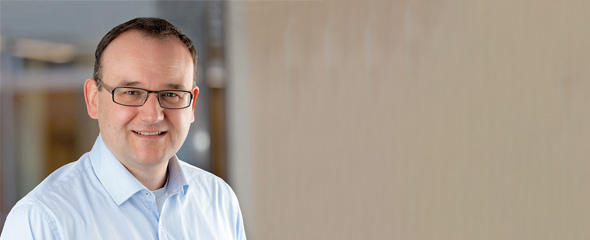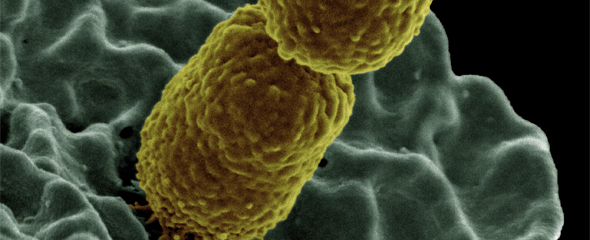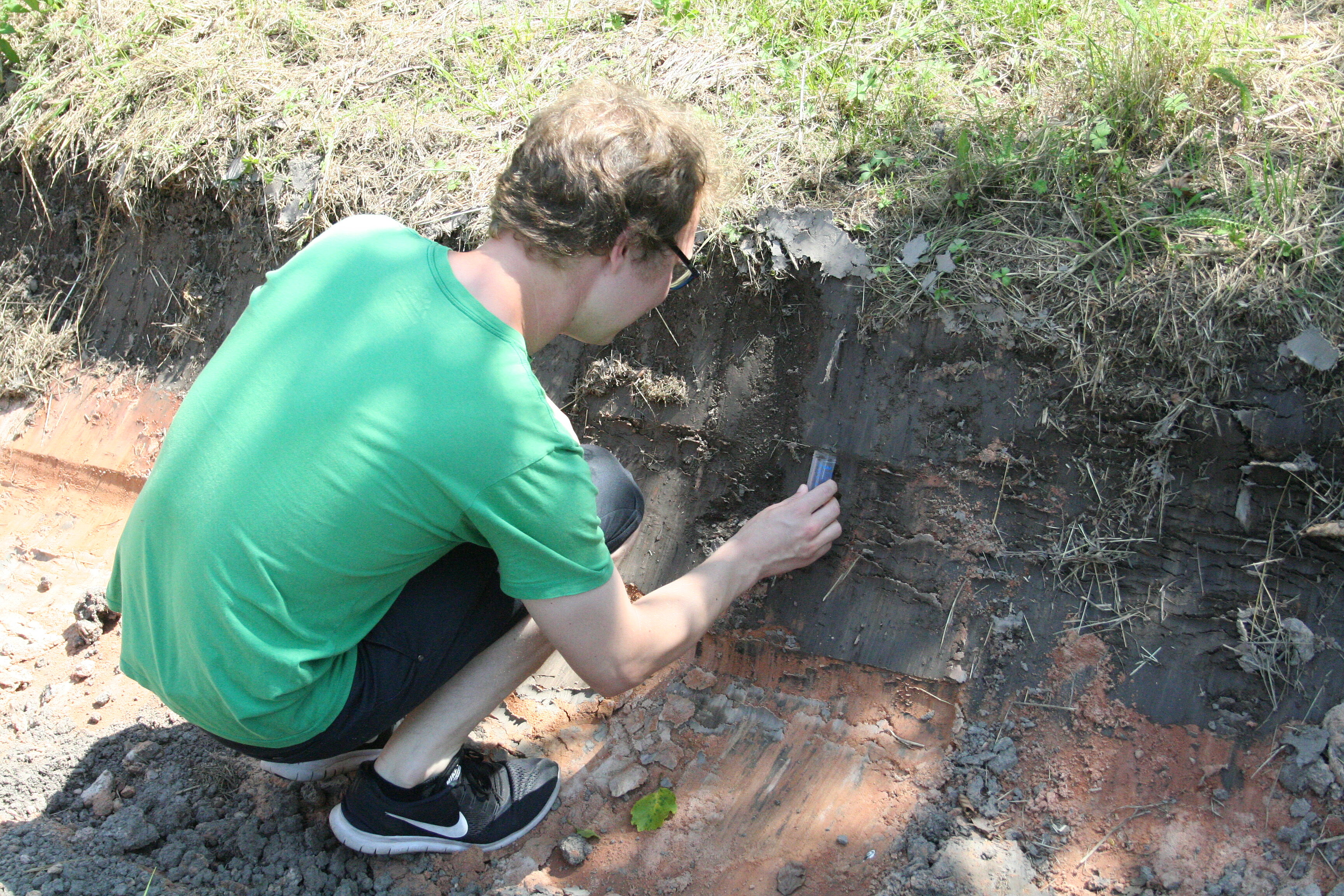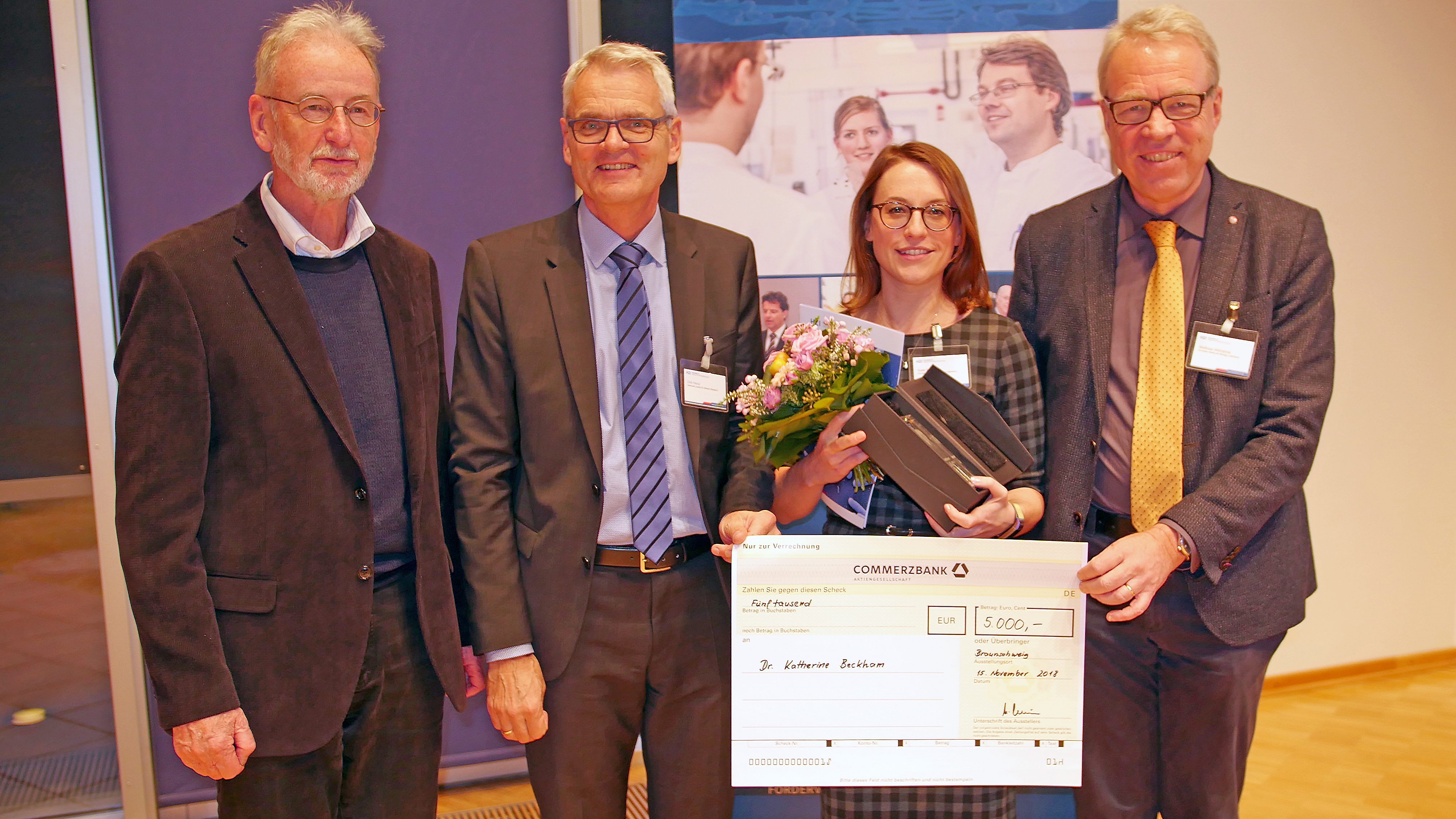Newsroom



![[Translate to English:] Chase Beisel](/fileadmin/_processed_/2/0/csm_Chase_Beisel_2_476f58ff93.jpg)

HZI in the media
23.10.2025
|
innovations report
22.10.2025
|
Phys.org
22.10.2025
|
Verband Deutscher Biologen e.V.
20.10.2025
|
Bioengineer.org
20.10.2025
|
Phys.org
17.10.2025
|
Deutsches Ärzteblatt
14.10.2025
|
Deutsches Ärzteblatt
13.10.2025
|
Springer
09.10.2025
|
Apotheken Umschau

